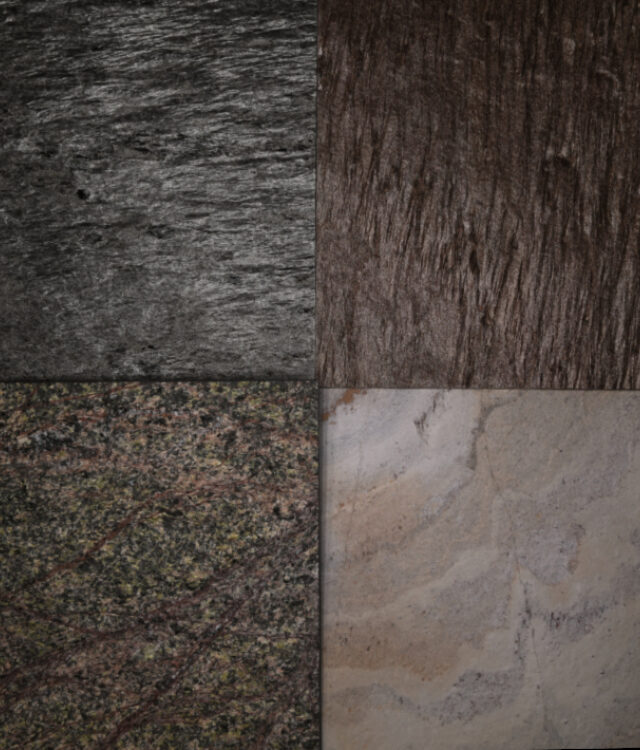The Scope D50 is a Reflectance Transformation Imaging Dome that will help you create surface model a any objects.
Please refer to the Broncolor Scope D50 Operating Manual
The set up can be summarized in 9 easy steps:
1. Place a uniform and non-reflecting underlay, e.g. on a table.
2. You can either position the Scope D50 on a level surface (2a) or you can mount it on a sturdy stand. In the former case, you can either screw on the 4 adjusting feet alone, or combine them with the 4 supporting feet. Place the Scope D50 upside down on a level surface in order to mount the feet.
3.Fix the camera mount to the Scope D50’s top by means of the two integrated screws.
4. Attach your camera to the camera mount. Please use a macro lens. The lens must not be inserted deeper than 7 cm (2.76”) in order to prevent shadowing on the object.
5. Connect the camera and the Scope D50 with the spiral sync cable.
6. Connect Scope D50 with the mains power supply using the provided mains adapter and mains cable (start with the plug connection on Scope D50’s control panel). The display lights up and the system is being started.
7. Place the object you wish to capture underneath the Scope D50 and centre it. Ideally, the surface of the object should be placed flush with the lower edge of Scope D50. You can adjust the device’s height by means of the 4 screwable supporting feet, or by adjusting the stand’s height, respectively.
8. Always press the round key at the bottom of the operating panel before unplugging the cable in order to switch of the operating system. Please wait until the display turns completely black (approx. 7 seconds), then unplug.
9. Please follow the next steps as described in this document (please see overleaf) in order to create the first capture and transfer the images to the computer.
Interaction of Scope D50 & camera
1. Camera settings
- White balance: If your camera offers to choose the colour temperature directly select a colour temperature of
5000 K. If this option is not available choose the normal daylight presets.
Image quality: RAW or TIFF (sRGB). - Exposure: We generally recommend ISO sensitivities of maximally 800 together with a shutter speed of 1/60 s to 1/80 s and an aperture of 11 to 14.
- Interval shooting: If your camera offers this option set the number of intervals to 48, the length of the interval to 1 second and choose one shot per interval. If you are using a capture software you might have to choose longer intervals to make sure the images can be transferred to your computer in time.
2. Acquisition
a. The menu item “SETUP” allows to adjust the brightness of the LED. “ALL“ alters the brightness of all 48 LED simultaneously. Use this modelling light function to focus the lens / to control the depth of field. “SINGLE” controls the brightness of the actual image capturing process (thereby, for every picture taken, an alternating LED is being activated).
b. In the following, press the button “SEQUENCE” in the main menu. Press “START”. One LED lights up.
c. You can now start the acquisition process by using your camera’s interval shooting option (48 pic-tures) or an image capture software of your choice.(In principle, you can also trigger the camera 48 times by hand but this is not recommended since it might cause blurring of the images and slight changes of the camera position.)
d. For each image another LED is lit in the Scope D50.
e. Make sure there are no other light sources lighting the object by checking your camera’s live view. With only a small amount of ambient light you should still obtain reasonable results. If required you can use the included light protection elements:
- light protection wrap
- light protection collar (on the lens).
3. Prepare images for Authentica Creator
Transfer the acquired images from the camera to your computer.
a. Open all images simultaneously in Photoshop or any other image processing programme.
b. Select all images and adjust the brightness and colour temperature.
c. Apply corrections for chromatic aberration and lens profile of your camera.
d. Crop a rectangular selection which contains the Object
e. Create a new folder and save the images as TIFF images using sRGB as colour space.
f. You can use a colour depth of 16 or 8 bit for the TIFF Images
4. Installing Authentica Creator
Install Truvis Authentica Creator
After the installation, please follow the Truvis Authentica Creator User Manual







